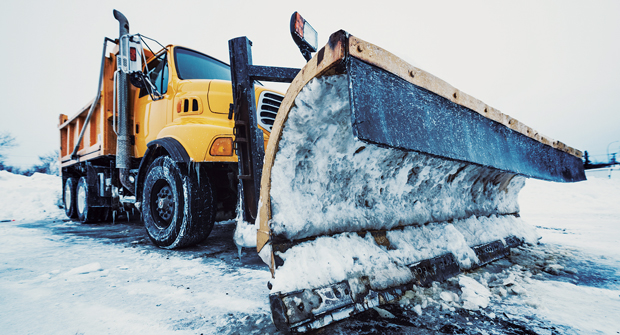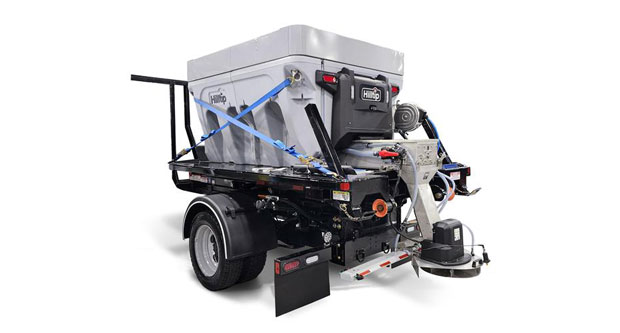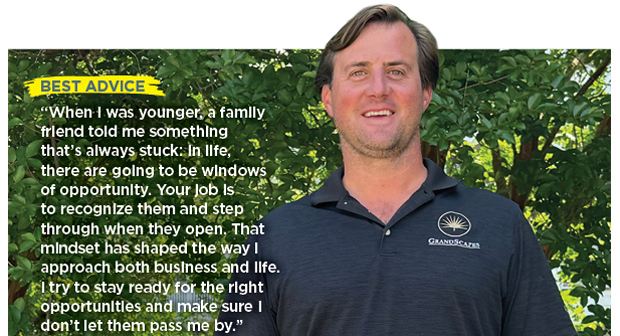Among the most discussed topics in risk mitigation and insurance today is training and the benefits it can bring to your snow and ice management efforts.
Your employees’ knowledge base is how you differentiate yourself from the competition while establishing operational standards for best practices and building a safety culture that will enable everyone to go home safely after a long day.
Here is a deeper dive into some of the readily available training options you have at your disposal.
Employee handbooks
This is by far the most underutilized tool that organizations have to protect their employees, set internal standards, outline common expectations and guard themselves from lawsuits.
The best way to describe this tool is to compare it to your personalized rule book for employment. These ever-changing and adapting handbooks are often only shared with new employees once. While they should be reviewed for compliance and alterations annually by a human resources professional or other internal staff, they should also be redistributed to the entire workforce and signed after reading.
Changes to things like cell phone use or drug testing policies are great examples of policy changes that can protect your organization.
Employee standardized training
If you have ever heard the words CPR or cyber awareness, then you have witnessed a standard training or an educational video. These are generic and can be applied to all employees and across many industries.
While they may not always be the most useful for specialized tasks, they are seen as “best-in-class” tactics in the insurance industry, and companies that take the time to onboard employees with general training often see a higher return on investment with this employee than with those who skip over the standard training.
Employee specialized training
Here is where the biggest returns are realized with the biggest cost savings. These trainings are industry and career-specific.
Some of the best examples are the Certified Snow Professional or Advanced Snow Manager training programs from the Snow and Ice Management Association, along with many other industry accreditations that exist. These designations and advanced training programs are how we can set ourselves apart from competitors within the industry.
They also help to increase employees’ value to an organization, while increasing the general commitment to an employee for their own development and future within the company.
Test courses and practice training
These trainings are by far the most fun for all involved and have the best on-the-job impact. By setting up a test course or a video recording and surveillance of the overall operation, you can use a practice setting to evaluate performances and familiarize employees with equipment operations and physical tasks. Some companies even go so far as to add a competitive advantage and timing or judging for safety and precautions while the training is going on.
A few great examples we have seen executed very well are:
- Ride-along driver assessments.
- Vendor equipment rental training days.
- Internal practice course competitions.
- Recorded dashcams for on-site operations with driver reviews post-incident.
- Safety incentives for claims-free performances.
Analyze trends and adapt
No two winters will ever bring the same problems, which is why companies need to pursue constant improvement and empower their employees to reach new levels.
This is where an annual claims review with your insurance agent or insurance provider can benefit you the most. They will be able to point out trends or recurring issues that need to be addressed either immediately or in the offseason.
They can also identify training providers, partnerships, virtual materials and additional consultants to help you get a handle on any risk management or claims issues you may be having.
Be open with them and ask for help; it is always better to proactively analyze or plan for claims than to dig out of a hole. It also helps to encourage your insurance company to visit you and see how the operations work during the winter at a jobsite and during the offseason for training and other high-level discussions.


